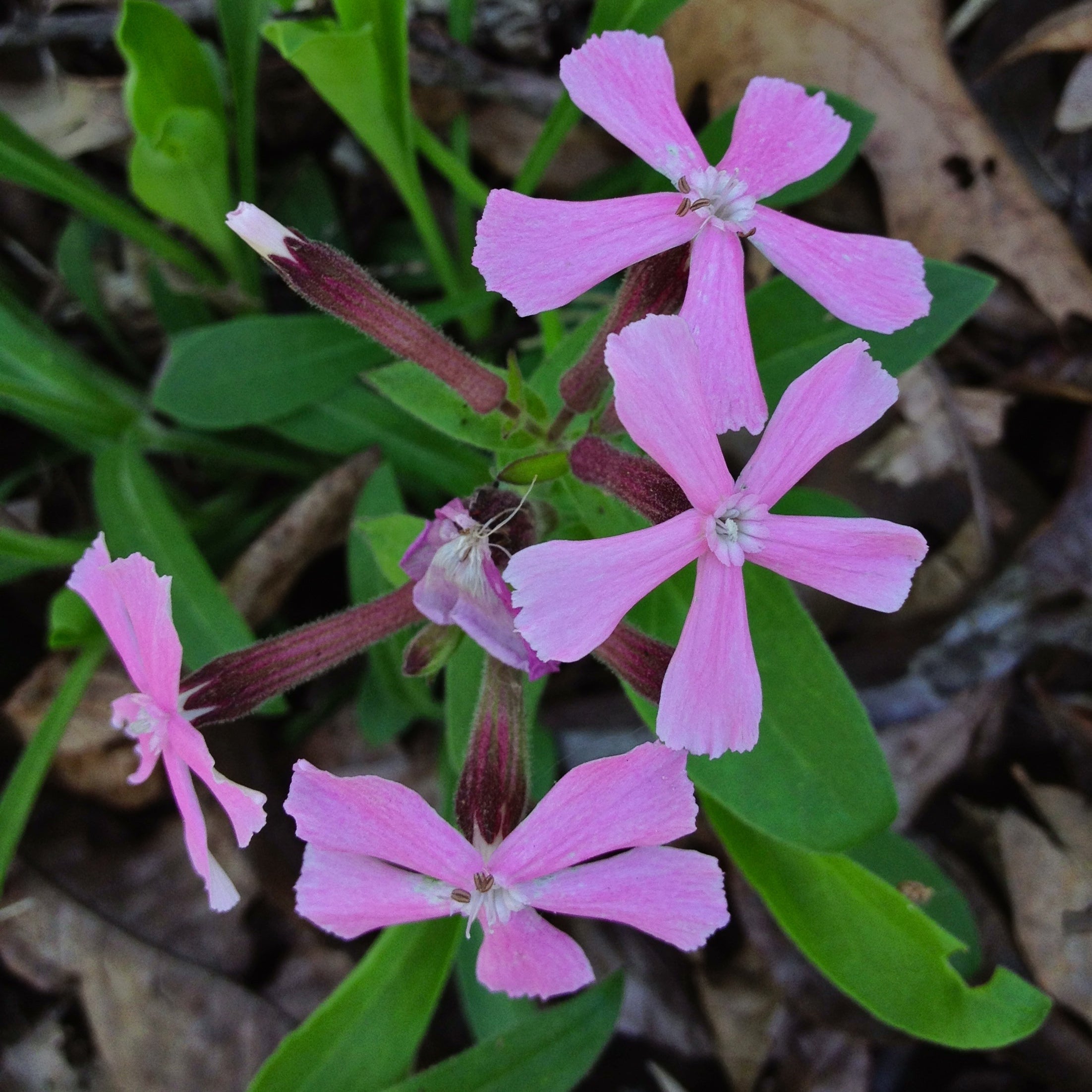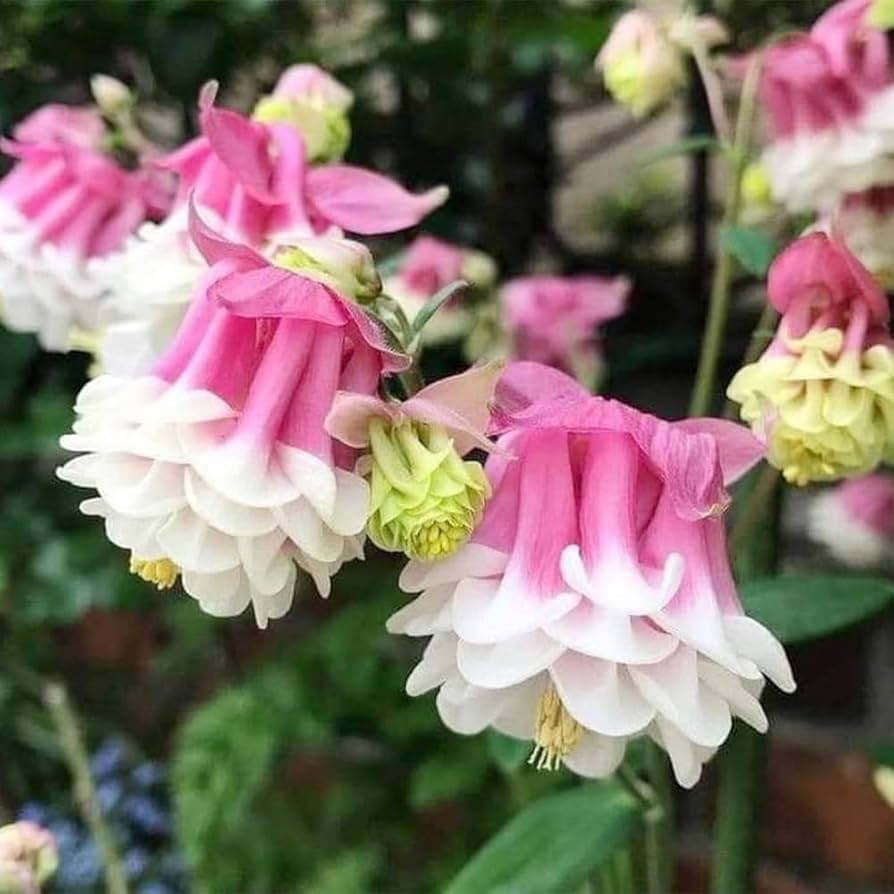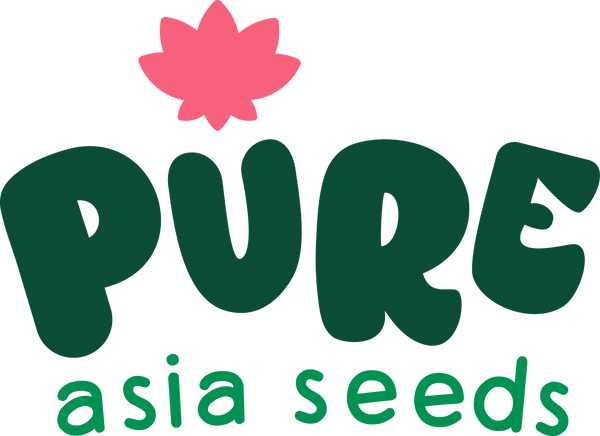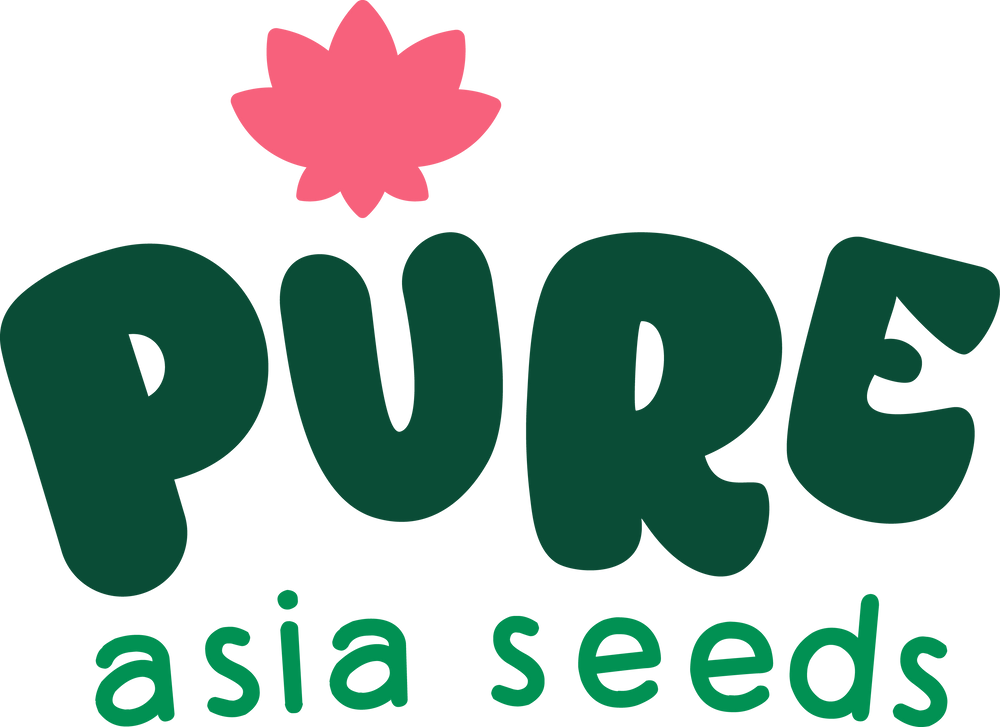About Hyacinth Bean (Lablab Purpureus)
Hyacinth Bean (Lablab purpureus) is an elegant, fast-growing vine known for its beautiful flowers and nutritious, edible pods. Native to Africa and Asia, this tropical legume is widely grown for both ornamental and culinary purposes. It features showy purple flowers, green or purple pods, and dark green leaves that add beauty to gardens, trellises, or fences. Hyacinth beans are not only attractive but also produce high-protein pods that are edible when cooked, making them a valuable crop in many regions.

At Pureasiaseeds.com we offer premium Hyacinth Bean (Lablab Purpureus) seeds, allowing you to grow this nutritious and ornamental vine in your garden.
Why Grow Hyacinth Bean (Lablab Purpureus)?
There are many reasons to grow Hyacinth Bean:
-
Beautiful flowers: Purple, pink, and white flowers bloom abundantly in summer and fall, adding a vibrant touch to your garden.
-
Edible pods: The young Hyacinth Bean pods are edible and rich in protein and fiber. They should be cooked thoroughly before consumption to neutralize toxins.
-
Vining growth: Ideal for vertical gardening, trellises, or arbors, Hyacinth Beans create a stunning natural screen or shady pergola.
-
Attracts pollinators: The flowers attract bees, butterflies, and other beneficial insects.
-
Nitrogen-fixing: As a legume, Hyacinth Beans improve soil health by fixing nitrogen in the soil, making them ideal for companion planting.
When to Plant Hyacinth Bean (Lablab Purpureus)
-
Optimal season: Plant Hyacinth Bean seeds in late spring or early summer after the last frost when the soil is warm and temperatures are consistently above 60°F (15°C).
-
Germination: Hyacinth Bean seeds typically germinate in 7–14 days in warm, moist conditions.
-
Growing period: Hyacinth Bean vines will begin to flower in about 60–90 days, and will continue producing pods until fall.
Where to Grow Hyacinth Bean (Lablab Purpureus)
Hyacinth Bean thrives in:
-
Full sun: Requires 6–8 hours of direct sunlight per day for optimal growth and flowering.
-
Well-draining, fertile soil: Prefers loamy or sandy soils with good drainage. Amend with organic compost for better growth.
-
Vertical structures: Perfect for trellises, fences, or arbors, Hyacinth Beans are climbers that benefit from upward growth.
-
Warm climates: Best suited for tropical and subtropical regions, but can be grown as an annual in temperate zones with proper care.
How to Grow Hyacinth Bean (Lablab Purpureus)

-
Soil preparation: Prepare the soil by loosening it and adding organic compost or well-rotted manure to improve fertility and drainage.
-
Planting seeds: Sow Hyacinth Bean seeds 1 inch deep in the soil. If planting on a trellis or vertical structure, space plants 8–12 inches apart to give them room to climb.
-
Watering: Water regularly, keeping the soil evenly moist but well-drained. Avoid overwatering, as Hyacinth Beans do not like to sit in waterlogged soil.
-
Fertilizing: Apply a balanced fertilizer or compost every 4–6 weeks to ensure the plant remains healthy and produces abundant flowers.
-
Vine support: As the plant grows, guide the vines to climb upwards on your chosen support, such as a trellis or fence.
How to Care for Hyacinth Bean (Lablab Purpureus)
-
Watering: Keep the soil moist, but be sure to avoid waterlogging. Once the plant is established, it is relatively drought-tolerant.
-
Pruning: Prune back any dead or damaged growth to promote better airflow and stronger vine growth.
-
Pest control: Hyacinth Beans are generally pest-resistant, but watch for aphids, spider mites, and caterpillars. Use organic insecticides or neem oil if necessary.
-
Harvesting: Harvest the young, tender pods for culinary use, but always cook them thoroughly to remove toxins. Harvest mature pods for seeds and to enjoy the plant’s ornamental beauty.
Companion Plants for Hyacinth Bean (Lablab Purpureus)
Hyacinth Bean pairs well with other vertical-growing and space-saving plants:
-
Cucumbers: Use the vertical space to grow cucumbers and reduce ground competition for nutrients.
-
Tomatoes: Another climbing plant, tomatoes can share the same vertical support structure.
-
Corn: A good companion that grows well with legumes, providing a natural support for Hyacinth Bean vines.
-
Marigolds: These bright flowers attract beneficial insects and repel pests, helping protect the Hyacinth Bean plant.
Harvesting Hyacinth Bean (Lablab Purpureus)

-
Timing: Harvest young pods when they are still tender and green. Once they mature and turn brown, they should be left on the plant for seed saving.
-
Method: Gently pick the pods from the vine. Be careful not to damage the plant when harvesting.
-
Usage: Use young pods in cooking after they are thoroughly cooked. The seeds can be collected for propagation or for future cooking.
Final Thoughts on Hyacinth Bean (Lablab Purpureus)
Hyacinth Bean (Lablab purpureus) is a versatile, ornamental, and edible plant that adds both beauty and functionality to any garden. Whether used for culinary purposes, as a pollinator-friendly plant, or for its vibrant flowers, it’s a fantastic addition to vertical gardens and small spaces.
At Pureasiaseeds.com we offer premium Hyacinth Bean seeds, allowing you to grow this nutritious and stunning vine in your garden. Start planting today and enjoy the many benefits of Hyacinth Bean in your landscape!








